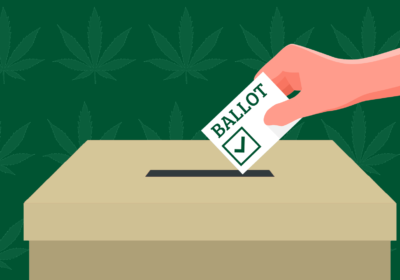Tampa sees rise in income inequality

Tampa has extremely high disparity in income levels. According to the Hillsborough Community Atlas, levels of poverty surrounding USF are as high as 22 percent in some areas. SPECIAL TO THE ORACLE
In the same neighborhood that houses the multimillion-dollar structures that make up USF’s campus, poverty levels are as high as 22 percent, according to the Hillsborough Community Atlas.
Tampa has some of the worst incidences of income inequality in the nation, as reported by the Tampa Bay Times.
According to Lance Arney, associate director of service learning at the USF Office of Community Engagement and Partnerships (OCEP), this is due in part to a lack of affordable housing, pervasive low wages, poor public transportation and institutional racism in Tampa.
“(Workers’) labor is being exploited and they’re not being paid sufficiently to cover the basic necessities,” Arney said.
The Florida Asset Limited, Income Constrained, Employed (ALICE) Report, an effort between United Way in Florida and Rutgers University, shows the extent to which income inequality affects Tampa and permeates the whole state. The ALICE threshold is higher than the federal poverty line, which is $11,170 for a single adult and $23,050 for a family of four.
According to ALICE, 60 percent of all Florida jobs pay below $40 an hour, and more than half pay below $15 an hour. The report also uses a metric to determine how much money a household needs to survive.
Of the 135,591 households in Tampa, 49 percent are either ALICE households or in poverty.
According to the report, “ALICE households are working households; they hold jobs, pay taxes, and provide services that are vital to the Florida economy in a variety of positions.”
Arney said he suggests workers organize to demand better pay. He also said USF can play a role in lessening the impact of income inequality in the community.
“A university like USF is primarily a research institution, so it can definitely be involved in producing research about the causes, impacts and potential solutions for income inequality and low wages and those sorts of things,” he said. “(My office) has held a number of community forums on poverty and inequality.”
He also said students are significantly impacted by income inequality because of student debt and a lack of opportunity.
“Even though the cost of in-state residents for higher education in Florida is lower than in other states, a lot of students are graduating with lots of student debt … they’re going to find it difficult to pay that back if they can’t find jobs that pay a high enough salary,” Arney said.
Jennifer Webb, director of community partnerships at the USF OCEP, said that there are ways for concerned students to get involved in alleviating income inequality in the community.
“As privileged people, we have to be honest about how we use our time,” she said.
Webb said, in addition to short-term fixes like donating food and volunteering time, students should also consider long-term solutions, such as policy-making and political activism.
“People want to be able to provide for themselves,” Webb said.






